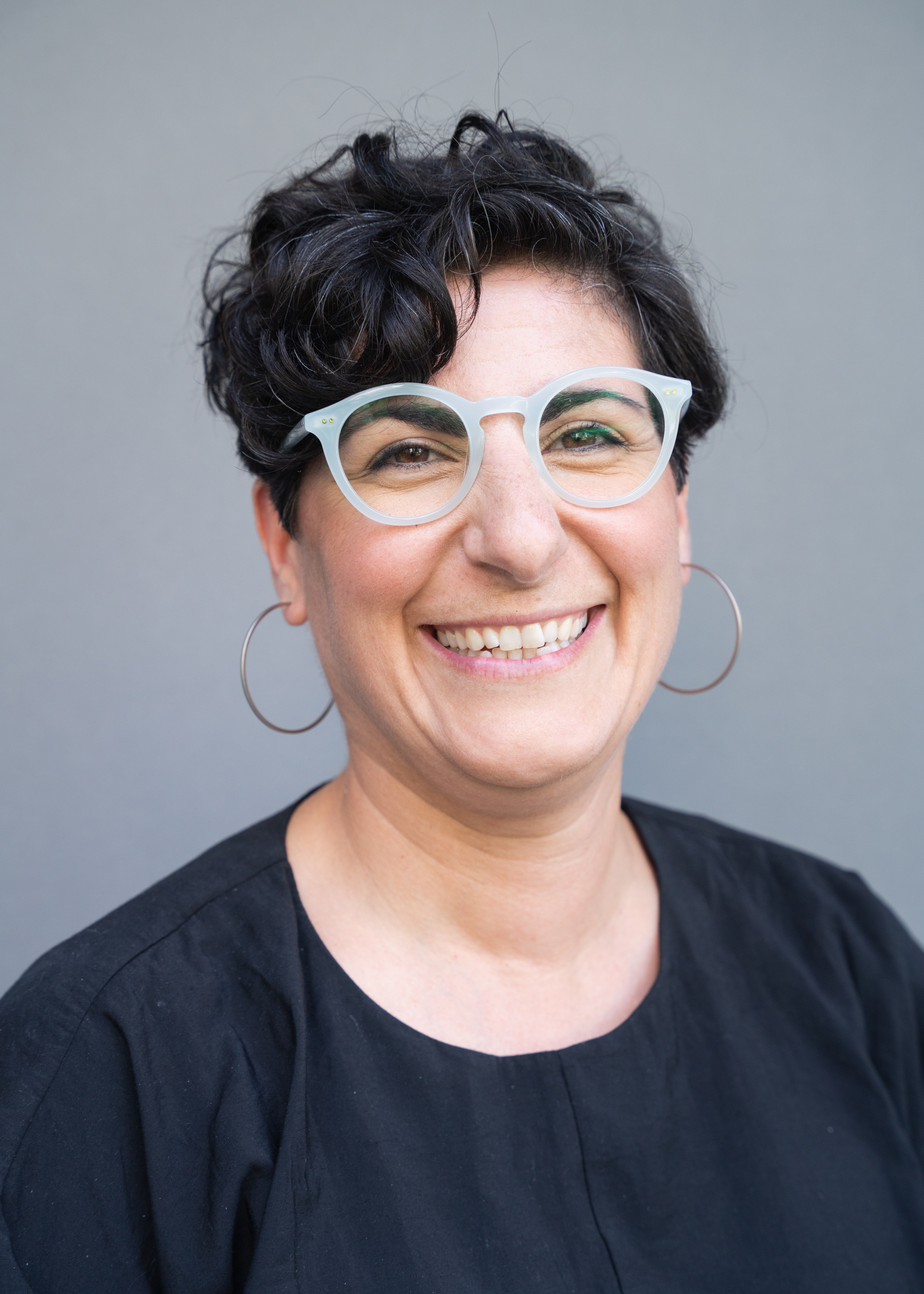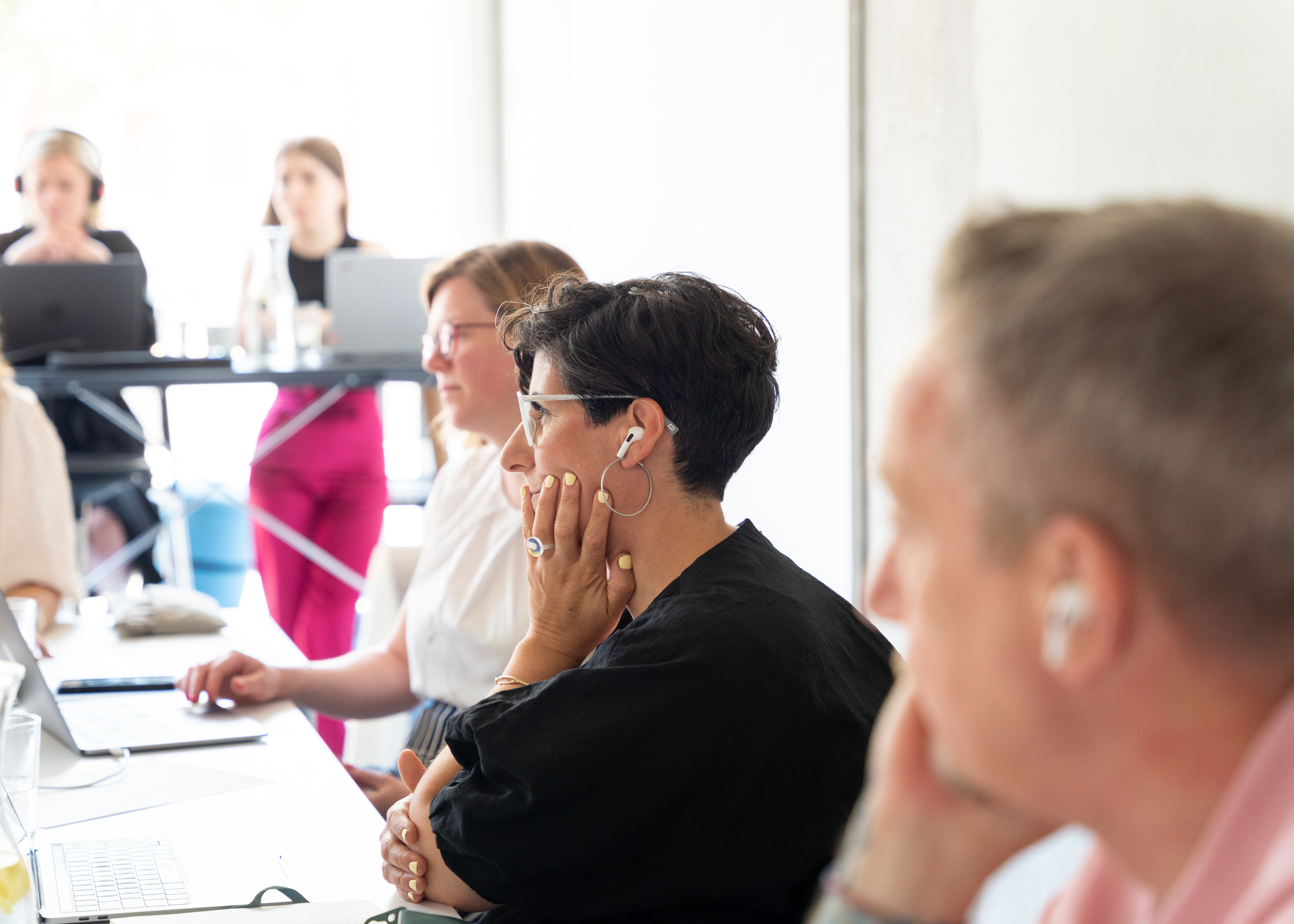Jury Interview: Pelin Celik
A conversation between Ake Rudolf and Prof. Pelin Celik, chair of the jury, UX Design Awards - Autumn 2020-2023

Pelin, can you tell us a bit about your work and background? What do you do, and what pushes you in your daily job?
I’m an industrial designer. I’ve been teaching since 2016, holding a professorship in the industrial design program at the University of Applied Sciences (Hochschule für Technik und Wirtschaft) Berlin since 2017.
I focus my teaching on user experience. The question of what users need in their everyday life has driven me since my own studies and throughout my professional life.
I like to understand why a product, service, or system is used – or not – and its underlying purpose. That’s why a holistic perspective on problems in the framework of multiple systems – ecological, social, and technological – is very important to me.
You’ve chaired the awards jury for the last three years. How did you experience judging the competition?
That’s right, and I still enjoy it very much! The exchange and discussions with my colleagues always provide me with new industry perspectives on user experience. It is also great to see that we all share the same understanding of UX despite different topics and backgrounds. This year, the makeup of the UXDA22 jury is again very multidisciplinary, with experts from social media, health, consumer goods, mobility, communications, and so on.
Last year, it was fascinating to see how the UX space shifted regarding social issues, and education, which I’m sure had to do with the pandemic.
As someone working in academics, what’s your opinion on the quality of the New Talent submissions?
We have genuinely sensational entries every year. The new talents can easily keep up with the professionals in terms of ideas and the presentation of their work. To be fair, they are much freer in their process than professionals are. Fortunately, they don’t restrict themselves to apps but also submit physical products, especially for the health sector. We’ve seen concepts that question and sometimes actually redefine familiar experiences or rituals. The hygienic stoup comes to mind, or the prototyping sensors for quick and simple haptic interfaces, which both won distinctions last year.
The new talents can easily keep up with the professionals in terms of ideas and the presentation of their work. To be fair, they are much freer in their process than professionals are. Fortunately, they don’t restrict themselves to apps but also submit physical products, especially for the health sector.


We’re currently facing major global challenges, from the Covid-19 pandemic and climate crisis to food and resource shortages. Do you perceive a rise in attention for these subjects in the field of UX, too?
Definitely. Several submissions both in last year’s and this year’s competition deal with crisis issues and try to provide creative solutions. The crises overlap, and we have to deal with many complex and contradictory problems at very short intervals. These “wicked problems“ challenge designers more than ever to approach tasks in a human-centered way, think in systemic, interconnected ways, and take on different perspectives.
Increasingly, designers are called upon to assume responsibility instead of creating additional problems through design. It may sound contradictory since our economic system works by different rules. But I believe that in the long term, with increasingly limited resources, these transformation processes and the redefinition of value creation will be key.
The beauty of UX lies in its holistic approach. It’s not just about well-designed interactions and user interfaces. UX design offers an opportunity to adopt an ethical position in product development, and steer companies and organizations towards a systemic “people-planet” focus.
The beauty of UX lies in its holistic approach. It’s not just about well-designed interactions and user interfaces. UX design offers an opportunity to adopt an ethical position in product development, and steer companies and organizations towards a systemic “people-planet” focus. By the way: Why don’t we have a Hippocratic oath in design yet?
It’s striking that there are many complex healthcare and business solutions among this year’s nominees. Are these particular fields of interest for the awards?
We had strong healthcare concepts again this year, also great solutions in FinTech. It’s in the nature of user experience, this human-centric approach, that healthcare products tend to stand out and generate a lot of attention. I believe the focus of the awards will shift in the coming years when more entries focus on “connected nature” and the circularity of resources.
If you look into the future: which fields or industries do you expect to make the most significant leap? Which technologies will play a vital role in the coming years?
We will undoubtedly see a lot of innovation in healthcare around the topic of care and “aging in place.” In the primary education sector, too. There is tremendous pressure to act there, and huge business potential for companies and experiences that still need to be digitized.
I also believe there is great potential in the Metaverse. The virtual world offers the opportunity to create playful communication and new experiences in FinTech, for instance, and in the transformation of digital teamwork. This will open up new professional fields for designers. UX design will also witness a quantum leap as dimensions of interaction and experiences expand and will need to be redefined. New security concepts for the virtual space may emerge to protect people, their data, and physical and multisensory devices. Work environments and schedules will change, which may require extended recreation phases. Will 20 minutes of work in the Metaverse be equivalent to a workload of 2.5 hours in the real world?
Focus of designers / UX design: What’s still missing for you?
I still get irritated when designers, especially UX designers, subordinate their potential to think holistically to the technology-driven linear development process of products and services. I miss designers in strategic business management and, of course, in political consulting who take a stand and consider problems systemically without bowing to the expectation to always come up with a solution instantly. But, of course, that’s easier said than done: our profession is still perceived as purely “styling“, even when our decisions can actually shape societies. We change systems by our way of thinking, our actions, creativity, courage, and our ability to endure uncertainties.
Show the jury how you collaborate with users. I often notice that New Talents focus on the visualization of the result instead of the purpose of the concept. A judge will always be most keen to hear about the intention of the idea. Tell us more about the WHY!
What makes a great UX? What can go wrong?
Good UX is invisible. It sustainably changes behaviors without manipulating or robbing users of their autonomy. Consequently, the dark patterns lurking everywhere – especially in the digital realm – are the antithesis of good UX.
Finally, what advice would you offer future UX Design Awards participants, also students or graduates?
UX is not limited to digital solutions. I would like to see even more physical products that improve processes and workflows, whether in the operating room, production processes, or construction machinery. Also, submit videos explaining the human-centered process, not just images. Show the jury how you collaborate with users. I often notice that New Talents focus on the visualization of the result instead of the purpose of the concept. A judge will always be most keen to hear about the intention of the idea. Tell us more about the WHY!
Pelin Celik is professor for Industrial Design at the HTW Berlin, University of Applied Sciences since 2017. Her research focuses on Holistic User Experience in Age and Technology as well as experimental and participative design processes.Before being assigned to the HTW Berlin, she worked as a professor at the Hochschule für Kommunikation und Gestaltung in Ulm and as a visiting professor at the Burg Giebichenstein Kunsthochschule in Halle. As a designer in international companies, she has received numerous awards for her work.